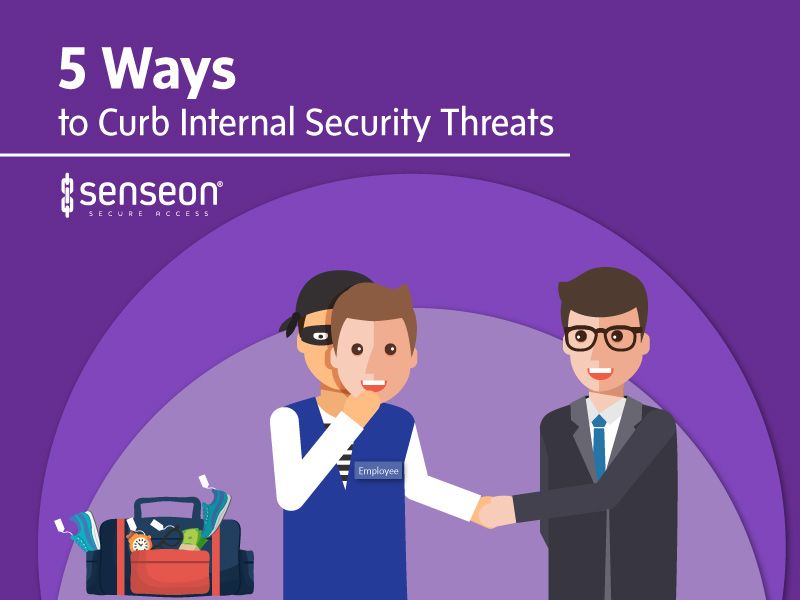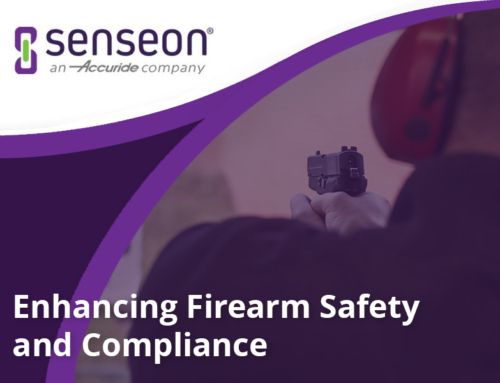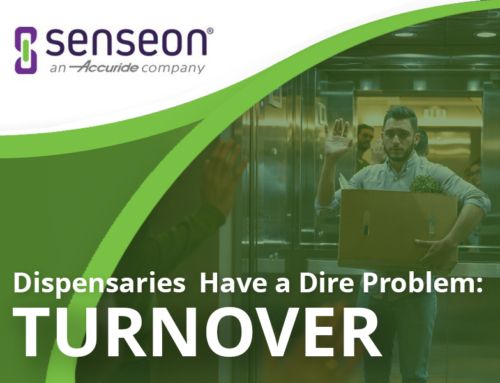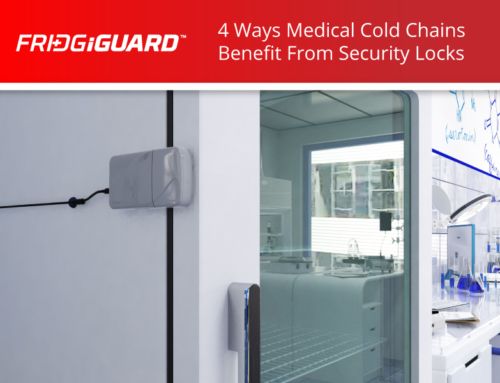Retail theft is a $50 billion problem— and, chances are, one that impacts your business. While, often, retailers focus on external threats including card fraud, shoplifting and, even, organized retail crime (ORC), usually the biggest issue is in plain sight: employee theft. In a recent National Retail Security Survey, the National Retail Federation cited internal employee theft as the no. 2 cause of missing inventory, responsible for about 30% of losses.
Not only are these thefts frequent, but they’re also significant. By some estimates, employee thefts average nearly $1,900, versus just $438 for “regular” shoplifters. It’s, something your business can’t afford — and shouldn’t tolerate.
So the big question: how to safeguard your business from internal threats? Focus on these five simple steps to maintaining integrity, loyalty, and honesty among your staff — and know exactly how to handle theft when it does occur.
1. Train, Train, and Train Some More
While this should go without saying, employees should receive training consistently and frequently— and that training should include proper protocols surrounding safety, security, and theft. Ensure all new hires know that you have a zero tolerance policy for theft and be sure to reiterate that throughout common spaces — think signage, flyers and other reminders that internal shoplifters will face prosecution to the fullest extent of the law.
Beyond that, though, theft should be addressed at every training. Be sure to focus on both direct stealing and aiding external shoplifters — helping friends or family steal, for example. It’s not uncommon for internal thefts to involve outside players — the fraudulent return, prepaid gift card fraud or just not ringing items out at the point of sale. All of this constitutes stealing, and it’s important to be clear that it’s intolerable.
2. Encourage Anonymous Reporting
Often employees are the first ones to suspect internal threats. However, given the nature of retail environments, many feel anxious about reporting suspicions or even known shoplifters. To ensure your employees aren’t, looking the other way, establish an anonymous reporting system so workers can raise a red flag is they suspect an issue.
Whether it’s an anonymous website reporting structure, a third-party call-in line or a way to share tips with management discreetly, be sure you have something in place and that employees are aware. Again, a simple sign or two near break rooms will ensure everyone is in-the-know and can do their part.
3. Keep Close Tabs on Gift Cards
Gift cards are a common way to steal from retailers. Some point-of-sale systems, for example, allow employees to load up a gift card, then void the sale — while leaving the full amount on the gift card. If you issue gift cards, be sure you know who’s issuing them, and consider adding a second layer of approval — a manager signing off on every gift card sale, for example — to curb theft. Beyond that, though, be sure to assess gift card sales daily to ensure the numbers line up.
4. Install Added Security Measures
Whether it’s cameras, computer security measures or added guards monitoring store activities, be sure you have the systems and safeguards in place — and that they’re watching internal threats as much as they are external ones.
Too often, retailers keep all security camera focused on shopper hotspots — near dressing rooms, displays and entrances and exits. However, a well-placed camera in a break room, stock room or behind a cash register can catch employees trying to sneak product out of the store. At the very least, knowing they’re under observation is often enough to curb casual threats.
In addition to these measures, you can also add selective access to your merchandise protection protocols. This measure limits mass access while ensuring you know exactly who’s unlocking which merchandise and when – providing a critical layer of safety and security. You can apply this to product storage areas or fixtures right on the sales floor using the right locking systems.
5. Secure Products & Inventory
If it’s on “lockdown,” it’s likely not going anywhere — that’s our approach to inventory security. Senseon cabinet-level access control systems can be used as a standalone safeguard or integrate into a retailer’s existing security program, locking down products and inventory instantly. Then, with the swipe of an RFID-enabled device, fixtures can be locked and unlocked immediately, for quick, convenient access. Senseon systems also come equipped with auto relock, which ensures displays are not accidentally (or purposely) left unlocked.

Senseon systems keep valuable merchandise secure on the sales floor with innovative RFID technology.
For retailers seeking an additional layer of protection and control, Senseon Plus offers advanced security features and compatibility with a ground-breaking audit trail software. This software enables retailers to track access and monitor employee activity. If there’s a problem, management can easily use audit trail data to identify the source.
Taking Action
Beyond these steps, again, it’s essential employees know you mean business and that shoplifting is an intolerable offense. If an employee is stealing from your company, terminate their employment. Even petty thefts shouldn’t be accepted as they create a culture of stealing — a culture you can’t afford and shouldn’t have to worry about.
For larger thefts, consider tapping a professional loss prevention team or expert — or, even, calling the police. Though it’s not likely something you or your staff want to try and manage personally – in some cases, stolen money and inventory are recoverable. A loss prevention expert can help identify smart, strategic steps to stop immediate threats while laying the foundation for better security going forward.
To learn more about how Senseon cabinet-level access control systems can fortify your loss prevention strategies, visit our Retail Security page.






